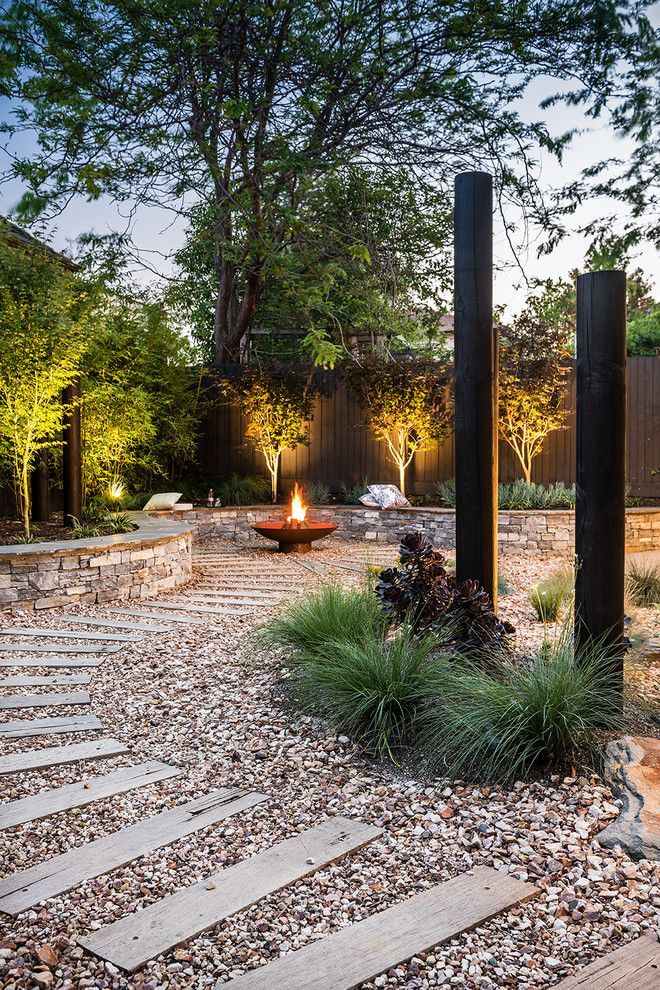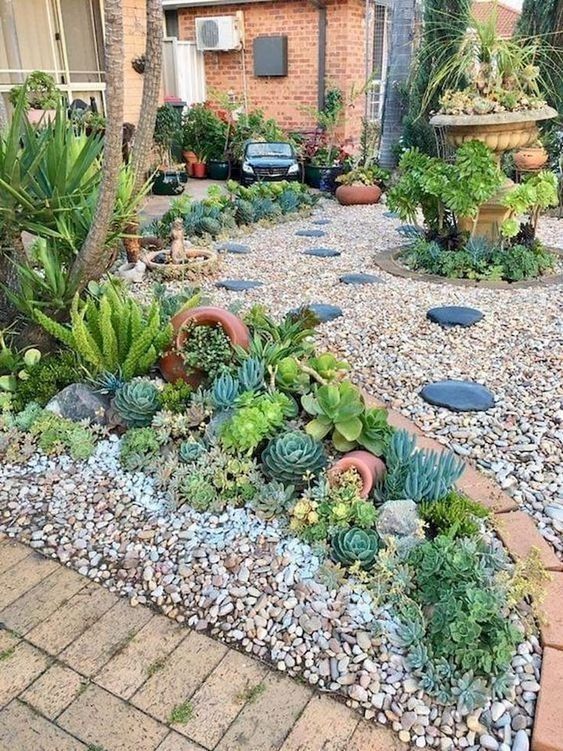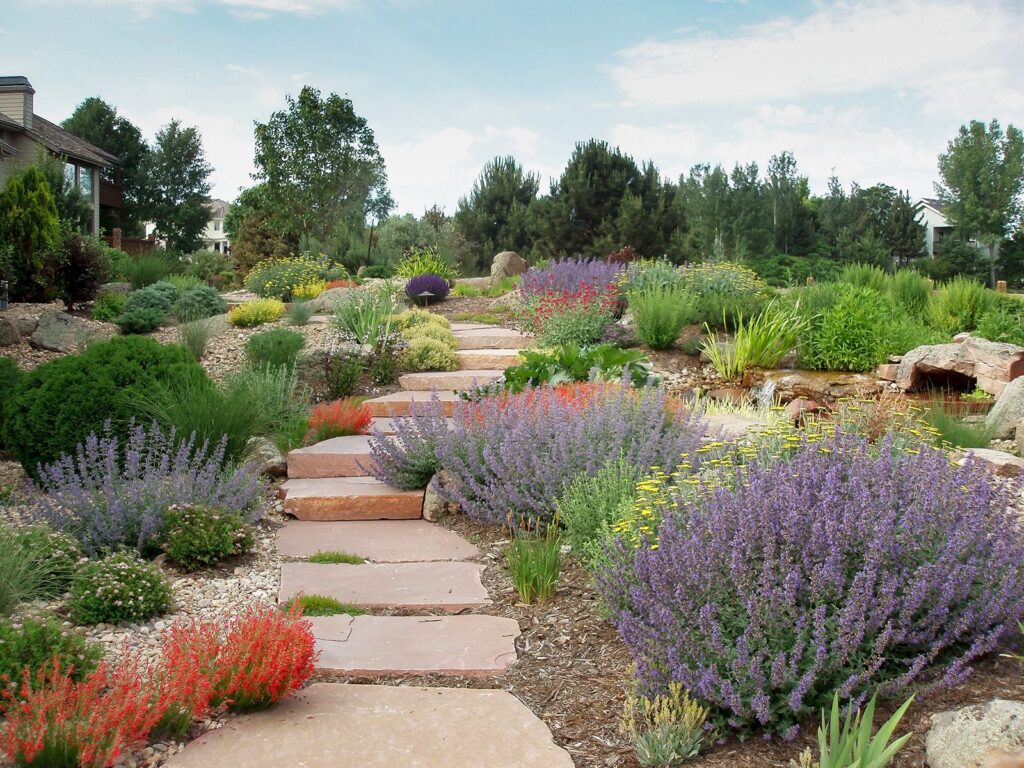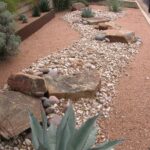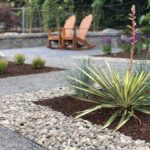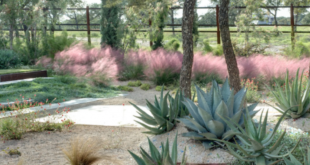Xeriscaping is a landscaping technique that focuses on using native, drought-resistant plants to create a low-maintenance and water-efficient outdoor space. This approach is becoming increasingly popular as more homeowners look for ways to conserve water and reduce their carbon footprint. One area where xeriscaping can have a big impact is in the backyard, where water usage tends to be higher due to gardens, lawns, and other landscaping features.
One idea for a xeriscape backyard is to incorporate gravel or stone pathways to reduce the amount of grass or plants that need watering. These pathways can create a visually appealing design element while also serving a practical purpose. By using materials like gravel, pebbles, or crushed stone, you can create a low-maintenance surface that requires minimal watering and upkeep.
Another xeriscape idea for the backyard is to create a rock garden or dry river bed. These features not only add visual interest to the space but also require little to no watering once established. By using a variety of rocks and boulders in different shapes and sizes, you can create a natural-looking landscape that complements the surrounding environment. Adding drought-resistant plants around the rocks can further enhance the aesthetic appeal of the space.
Incorporating succulents and cacti into your xeriscape backyard is another great idea for creating a water-efficient outdoor space. These plants come in a wide range of shapes, sizes, and colors, making it easy to create a visually diverse and interesting garden. Succulents and cacti are also known for their ability to store water in their leaves, making them well-suited for dry climates and minimal watering requirements.
To add a pop of color to your xeriscape backyard, consider planting native wildflowers. These plants are well-adapted to the local climate and soil conditions, making them a great choice for a low-maintenance garden. Native wildflowers also provide important habitat and food sources for local pollinators, such as bees and butterflies, helping to support biodiversity in your backyard ecosystem.
Finally, creating a rain garden in your xeriscape backyard can help capture and absorb rainwater, reducing runoff and erosion while also providing a source of water for plants during dry periods. By strategically planting a variety of water-loving plants in a low-lying area of your yard, you can create a beautiful and functional garden that helps conserve water and protect the environment. With these xeriscape ideas, you can create a sustainable and beautiful backyard that reduces water usage and enhances the natural beauty of your outdoor space.
 yishifashion Where Outdoor Dreams Become Reality
yishifashion Where Outdoor Dreams Become Reality
